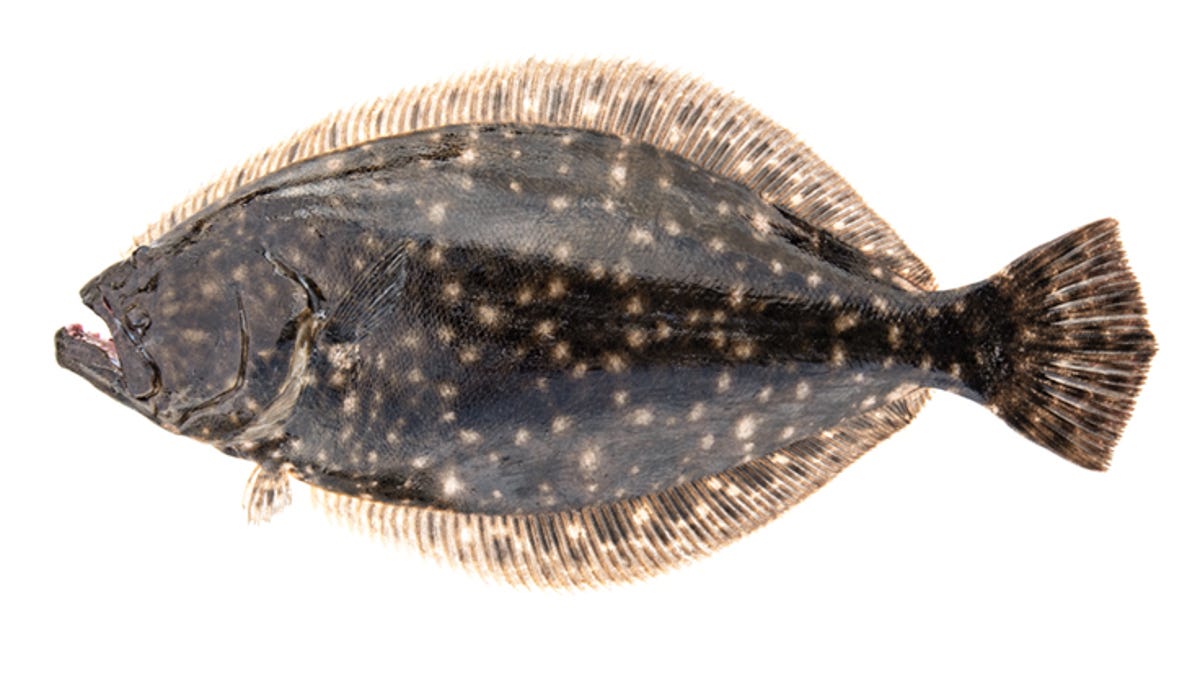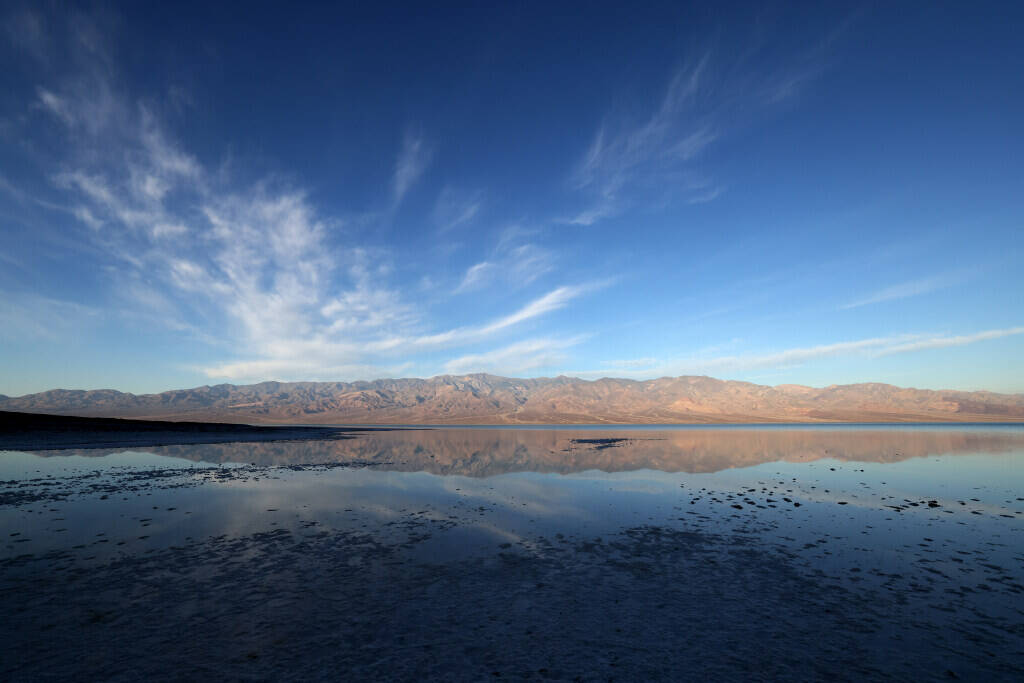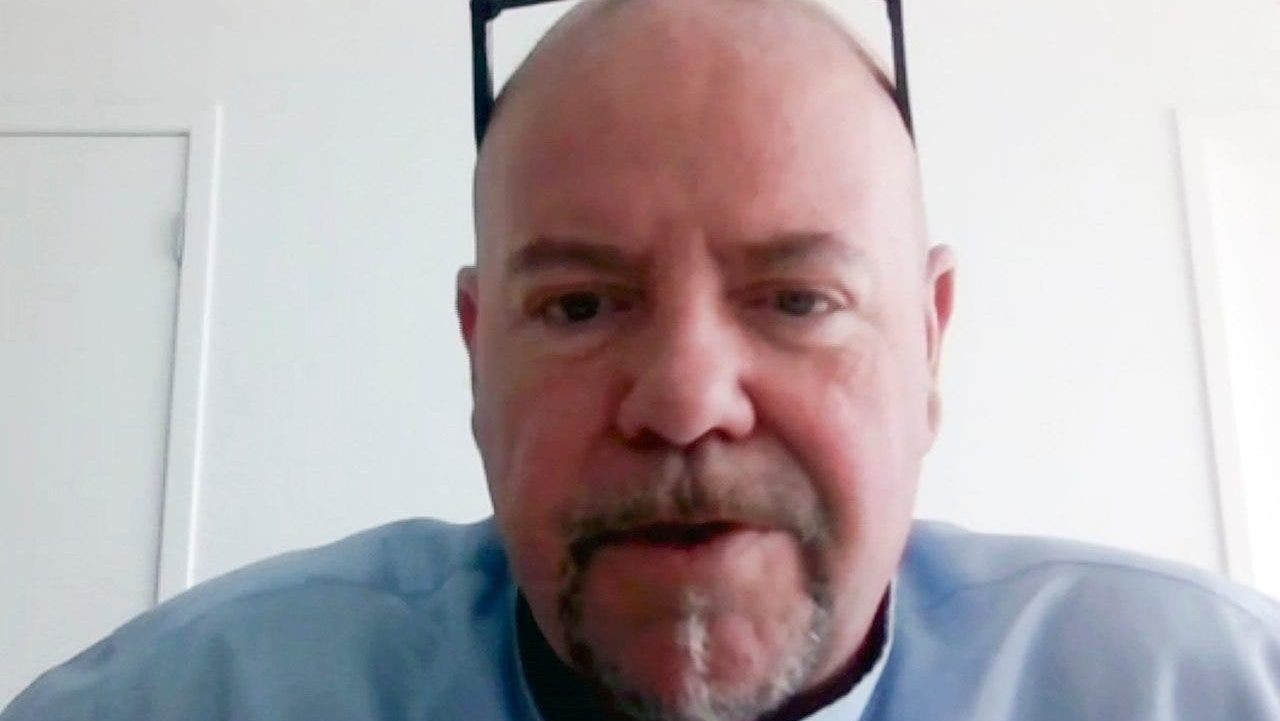Colorado
Some of Colorado’s released wolves wandered into Moffat County, per GPS collar data
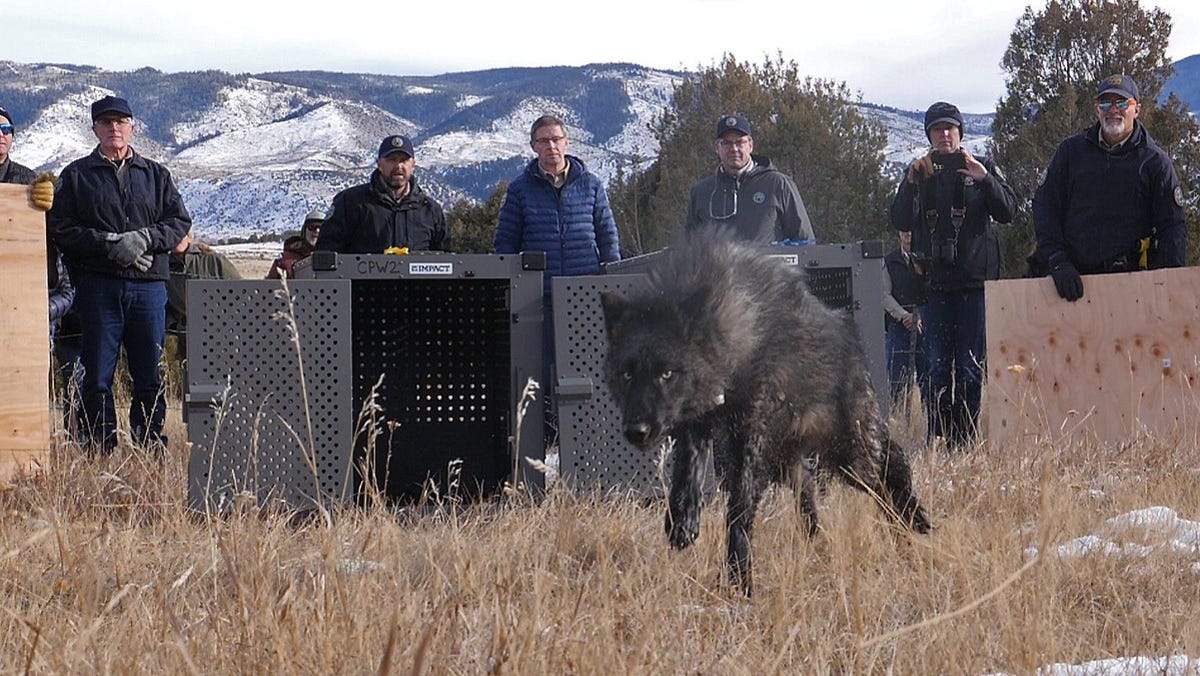
Colorado’s first reintroduced wolves released
The 10 wolves were captured in northeast Oregon and released into Grand and Summit counties in Colorado in late December 2023.
Two months after their release, two of Colorado’s reintroduced wolves have reached Moffat County, the farthest reported location from initial release sites in Grand and Summit counties.
Collar data showed the two wolves “have made some broad movements in the last week and indicates some wolves have recently moved from western Routt County into eastern Moffat County,” Colorado Parks and Wildlife spokesperson Rachel Gonzales wrote in an email sent to the Coloradoan on Saturday.
There have been few confirmed sightings of the 10 wolves released in late December. Photos and videos on social media have shown wolves around the Kremmling area, which is near where some of the wolves were released.
The wolves seen in eastern Moffat County would be approximately 70 miles northwest of their release sites. One of those release sites was near the Radium State Wildlife area southwest of Kremmling.
Wolves widely wander and can travel 30 miles or more per day. Craig, the Moffat County seat, is located near the eastern edge of the county.
Moffat County residents have strongly opposed the state’s wolf reintroduction, with 83% of its voters opposing Proposition 114, the narrowly passed ballot measure that mandated wolves be reintroduced west of the Continental Divide starting in 2023.
The county was home to a wolfpack in 2020 but that pack disappeared a year later, with some of its wolves legally killed just across the border in Wyoming.
The recent GPS tracking locations would put the wolves around 30 miles from the Wyoming border.
All 10 of Colorado’s released wolves captured in Oregon are fitted with GPS collars, as are the only two known remaining members of the North Park pack, whose parents naturally migrated into Colorado and gave birth to the state’s first pups in 80 years.
More: Do wolves fix ecosystems? CSU study debunks claims about Yellowstone reintroduction
Gonzales pointed out in the email that location points are at most collected every four hours and data is downloaded every 16 hours.
“Wolves can and do move substantial distances between the four hours that points are collected, and the terrain and weather can impact when points are received,” she wrote. “This data gives us an informed perspective of where wolves have been, but not where they are, and certainly not where they are going.”
Colorado Parks and Wildlife was widely criticized for a lack of transparency and communication regarding the wolf releases that took place Dec. 18-22.
To address some of the criticism, the agency released a map to help show general areas where wolves have been in the previous month and pledged to update that map monthly.
Another criticism centered on five of the 10 released wolves coming from packs in Oregon with recent livestock depredations.
None of Colorado’s released wolves had depredated on livestock a month after their release. Colorado Parks and Wildlife has not indicated any depredations between then and now.
“CPW continues to work with livestock producers to provide conflict-mitigation techniques, and will continue to conduct outreach/education in areas that are likely to have wolves,” Gonzales wrote.
Gonzales said the wildlife agency receives hundreds of reports of wolf sightings per year. She said the agency cannot validate every informal sighting but that staff reviews all credible reports submitted through its wolf sighting form.
She said the agency continues to encourage anyone who sees a wolf or wolf tracks to submit a report.

Colorado
Climate change will reduce streamflow in the upper Colorado river basin as groundwater levels fall, study finds
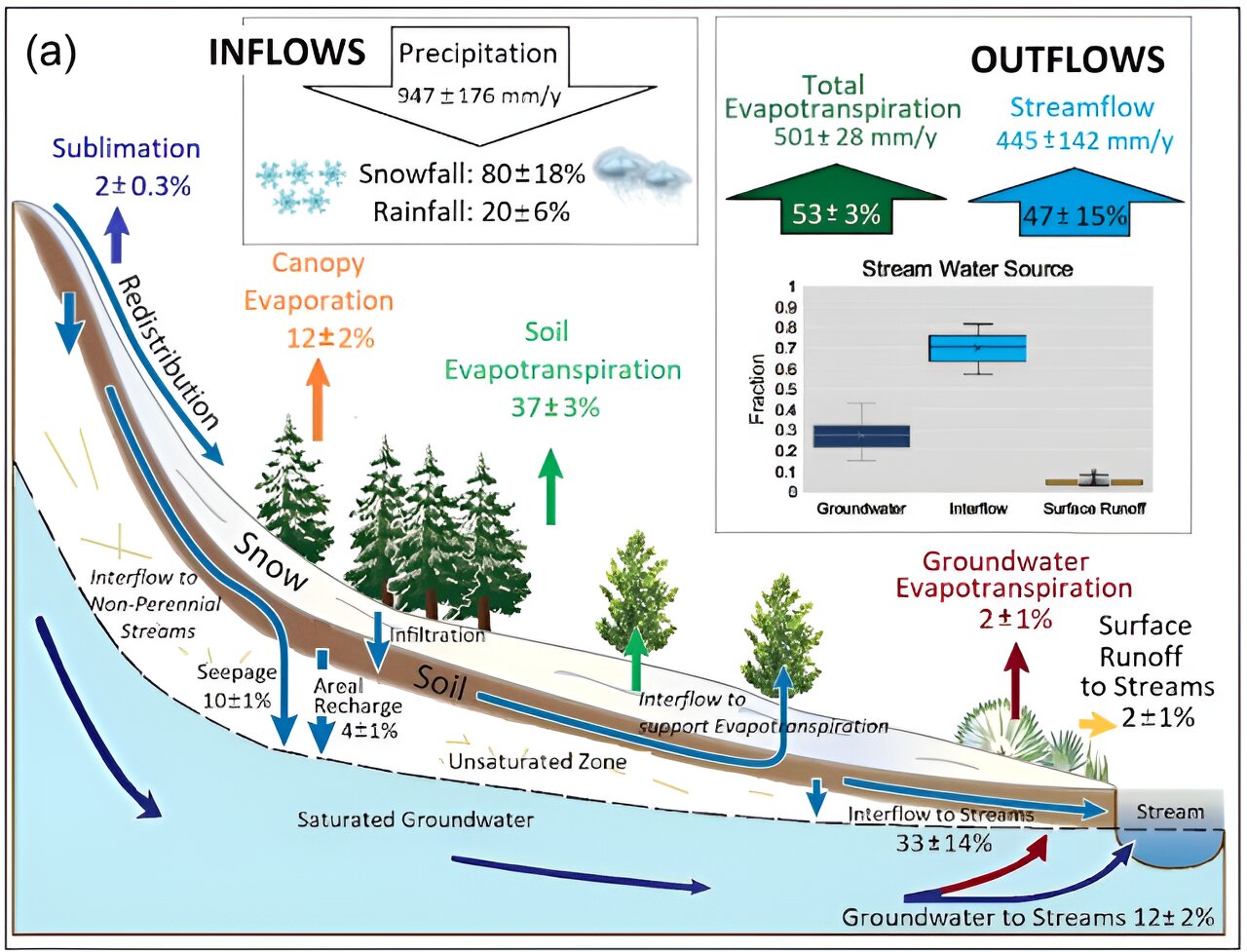
The Colorado River makes life possible in many Western cities and supports agriculture that sustains people throughout the country. Most of the river’s water begins as snowmelt from the mountainous watersheds of Colorado, Utah, and Wyoming, and a warming climate will drastically reduce these streamflows, new research finds.
Researchers from Desert Research Institute (DRI), USGS, and Lawrence Berkeley National Laboratory teamed up for the new study, published May 23 in Nature Water.
By applying warming to historical conditions for the East River in Colorado and using computer simulations to observe the impact on streamflow and groundwater levels, the scientists found that groundwater storage would fall to the lowest known levels after the first extremely dry year and fail to recover even after multiple wet periods. When groundwater levels fall, streamflows are drawn into the water table instead of contributing to Colorado River flows.
“We found that groundwater matters a lot,” says Rosemary Carroll, Ph.D., DRI research professor of hydrology and lead author of the study. “Even with historically observed wet periods in the model, the groundwater can’t come back from a single dry water year under end-of-century warming.”
The Colorado River has been in a drought state for decades, creating tensions around water rights throughout the Southwest. Scientists have been perplexed by falling river levels even in relatively wet years—in 2021, the Upper Colorado River Basin reached 80% normal snowpack but delivered only 30% of average streamflow to the river.
The study authors wanted to examine how warming in mountain basins may be contributing to this phenomenon. Increased temperatures alter the balance between snowfall and water availability in a number of ways, including more snow evaporation (known as sublimation), more precipitation falling as rain instead of snow, and more frequent melting throughout the winter.
Past research has largely overlooked the role of groundwater and how it may buffer, or intensify, streamflow loss from climate change.
“I’m very interested in the relationship of groundwater contributions to streamflow—that has been a running theme in my research for a long time,” Carroll says. “A lot of studies indicate that in the short term, groundwater release to streamflow will help buffer drought impacts, but before this study, we didn’t have any knowledge on what that would mean over the long haul.”
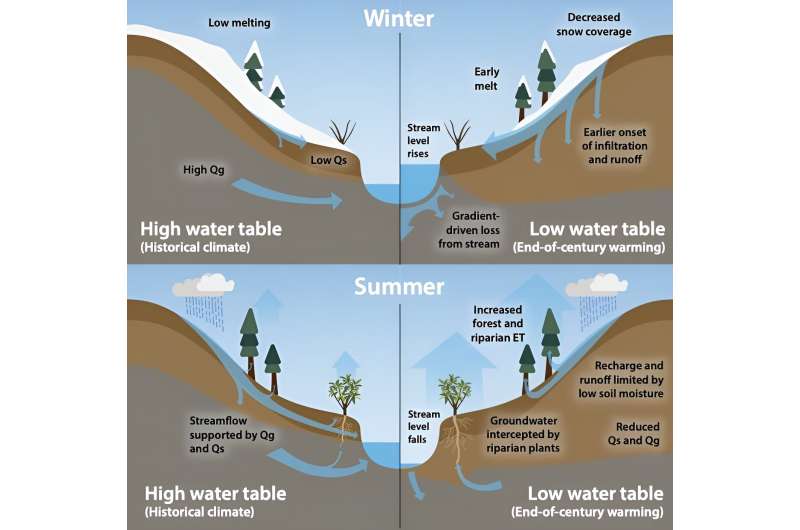
The study authors used the East River as the focus for the research because it is representative of the headwaters of the Colorado River, as well as the significant weather and water monitoring infrastructure available. Ground observations and airborne mapping measure snowpack depth and density, streamflow, plant cover, and groundwater levels, among many other measurements throughout the watershed.
Historical data from 1987 to 2022 was used to create the computer model. The research team then applied 4 degrees Celsius of warming to this time period in two ways: for one simulation, warming was applied constantly across time, while in subsequent simulations, warming was applied to each season independently.
The approach allowed the scientists to examine the differing impacts of warming between seasons. Four degrees Celsius is representative of the projected climate at the end of the century based on observed warming of approximately 0.4 degrees Celsius per decade in the watershed. The simulation doesn’t account for likely changes in vegetation over the same timeframe.
The study showed that consistently warmer temperatures resulted in sharp declines in groundwater levels that were unable to recover to historical average levels during wet periods. Isolating the warming seasonally demonstrated the strong impact of warmer summers on water table declines, as the atmosphere increases evaporation rates, plants increase their water uptake, and soils dry out. The largest declines in water table elevations occur in the subalpine forests where conifer forests are most dense.
“As the groundwater level drops, you lose more streamflow to the water table,” Carroll says. “When precipitation is low, the East River stops flowing for a portion of the summer. Of course, this would have dramatic effects on ecological health and agricultural irrigation.”
By including declining water table levels in the analysis, the study found that streamflow reductions nearly double when compared to simulations that examined the impacts of climate change in the region without accounting for groundwater declines. This is because of the multiple impacts occurring simultaneously: less water flows to streams from the aquifers, while more stream water drains into the soil.
The research demonstrates the need to jointly manage forest and groundwater in the Upper Colorado River Basin, as well as account for the exchange of surface and groundwater in mountain basins, to minimize streamflow declines under climate change, Carroll says.
“I think of groundwater as your savings account,” she adds. “Snowpack is like your checking account; it changes from year to year. Groundwater is a longer-term investment—it can smooth out the really wet and dry years. But if you start consistently reducing that groundwater year after year, then you can no longer modulate those extremes.”
More information:
Declining Groundwater Storage Expected to Amplify Mountain Streamflow Reductions in a Warmer World, Nature Water (2024). www.nature.com/articles/s44221-024-00239-0
Provided by
Desert Research Institute
Citation:
Climate change will reduce streamflow in the upper Colorado river basin as groundwater levels fall, study finds (2024, May 23)
retrieved 23 May 2024
from https://phys.org/news/2024-05-climate-streamflow-upper-colorado-river.html
This document is subject to copyright. Apart from any fair dealing for the purpose of private study or research, no
part may be reproduced without the written permission. The content is provided for information purposes only.
Colorado
Austin Gomber dominates, Ryan McMahon blasts game-winning homer as Rockies outlast A’s in 12 innings

Amid a lost season, the Rockies’ best pitcher and best position player carried Colorado to victory on Wednesday night in Oakland.
Austin Gomber carved up the Athletics, throwing eight innings of one-run ball while continuing to look the part of Colorado’s ace. Then, Ryan McMahon — making a strong case for his first all-star nod — blasted the game-winning, two-run homer in the 12th for a 4-3 victory at the Oakland Coliseum.
“(Gomber) was brilliant,” Rockies manager Bud Black told reporters. “Changing speeds, confidence, ball-strike ratio off the charts, no walks, quick innings early, efficient. Eight innings — you don’t see that a lot in today’s game.”
After Charlie Blackmon’s single to open the game in front of a sparse crowd, Elias Diaz gave the Rockies a 2-0 lead with his two-out, two-run, 401-foot homer to center off Oakland right-hander Mitch Spence.
With that buffer, Gomber set the first 10 Oakland batters down, and was on cruise control until center fielder JJ Bleday’s solo homer to right-center put the A’s on the board and cut the score to 2-1.
But that proved to be just a blip for Gomber, who quickly settled back in to steer the Rockies to snapping a four-game slide.
The southpaw entered the game with a sparkling 0.48 ERA in three May starts, and he continued that recent trend of domination throughout the game. It’s the version of Gomber the Rockies believed they were getting when they acquired the southpaw as the centerpiece of the trade for Nolan Arenado ahead of the 2021 season.
Gomber set the A’s down in order in the fifth and the sixth before working around a pair of singles in the seventh. After setting Oakland down in order again in the eighth, Gomber was at just 90 pitches, but Black elected to go to the bullpen.
“I think at that point, it was time to make the change, and he felt so too,” Black said.
The southpaw lowered his overall ERA to 2.76 with the outing, the latest stellar showing as Gomber continues to be a bright spot in the Rockies’ rough season. He and right-hander Cal Quantrill have carried Colorado’s rotation.
Gomber allowed five hits, with no walks, six strikeouts and 10 groundball outs. He located his fastball and was also effective with his knuckle-curve and changeup, inducing 12 swing-and-misses overall.
A day after the Colorado bullpen blew the game in a 5-4 Oakland win in the series opener, southpaw Jalen Beeks came on looking for his fifth save of the season. But Beeks allowed a single to Brent Rooker and then walked Khris Davis with two outs, leading to Zack Gelof’s line drive single to center over the outstretched glove of a leaping Brendan Rodgers at second base.
That tied the game 2-2, but Beeks averted giving away the game completely by getting Colorado’s first-round pick from 2015, Tyler Nevin, to fly out to right field to force extras.
Beeks’ walk of Davis on four pitches to extend Oakland’s inning and pave the way for Gelof’s game-tying single underscored a continued troubling trend for the Rockies bullpen, which ranked last in the majors with a 12.2% walk rate entering the game.
In the 10th, the Rockies failed to score their California runner, pinch-runner Alan Trejo, after Rodgers grounded out to right-hander Lucas Erceg, Kris Bryant K’d and then Brenton Doyle also grounded out to Erceg.
Victor Vodnik came on to pitch the bottom half of the inning, and with his heater consistently sitting at 100 miles per hour, the right-hander stranded the game-winning run on third base to take the game to the 11th.
Colorado’s offense flailed again in that frame, as right-hander Austin Adams struck out the side in Jordan Beck, Hunter Goodman and Jake Cave to leave Doyle standing on second. But right-hander Nick Mears matched that feat in the bottom of the 11th, fanning the Oakland side.
Finally, McMahon allowed Colorado to break through in the 12th with his towering, 401-foot homer to right-center. The Rockies were 1 for 14 with runners in scoring position at that point, with Colorado’s previous hit in that situation being Diaz’s first-inning homer.
McMahon’s ninth homer of the year, and his third straight game with a dinger, made it 4-2. Plus, it made the Rockies the first team in MLB history with a multi-run homer in the first inning and a multi-run homer in the 12th inning or later with no runs in between, according to OptaStats.
“We bookend two-run homers — Diaz in the first and Mac in the 12th,” Black said. “We had a lot of chances in-between, left a lot of guys out there (with 14 left on base).”
The A’s got one back off Mears in the bottom of the inning, but Mears induced a key double-play before Matt Koch got Max Schuemann to fly out to end the game. It was the first 12-plus inning game for Colorado since July 22, 2022 (a 6-5 loss in Milwaukee), and the Rockies’ first win in a 12-plus inning game since the season finale in 2019 (a 4-3 win over the Brewers in Denver).
Want more Rockies news? Sign up for the Rockies Insider to get all our MLB analysis.
Colorado
Colorado man donates kidney to sister who survived cancer

Watch CBS News
Be the first to know
Get browser notifications for breaking news, live events, and exclusive reporting.
-

 Politics1 week ago
Politics1 week agoReports of Biden White House keeping 'sensitive' Hamas intel from Israel draws outrage
-

 World1 week ago
World1 week agoPro-Palestinian university students in the Netherlands uphold protest
-

 Politics1 week ago
Politics1 week agoDem newcomer aims for history with primary win over wealthy controversial congressman
-

 Politics1 week ago
Politics1 week agoSouthern border migrant encounters decrease slightly but gotaways still surge under Biden
-

 Politics1 week ago
Politics1 week agoWhite House walks diplomatic tightrope on Israel amid contradictory messaging: 'You can't have it both ways'
-

 World1 week ago
World1 week agoSlovakia PM Robert Fico in ‘very serious’ condition after being shot
-

 News1 week ago
News1 week agoDespite state bans, abortions nationwide are up, driven by telehealth
-

 World1 week ago
World1 week agoCanadian Nobel-winning author Alice Munro dies aged 92
